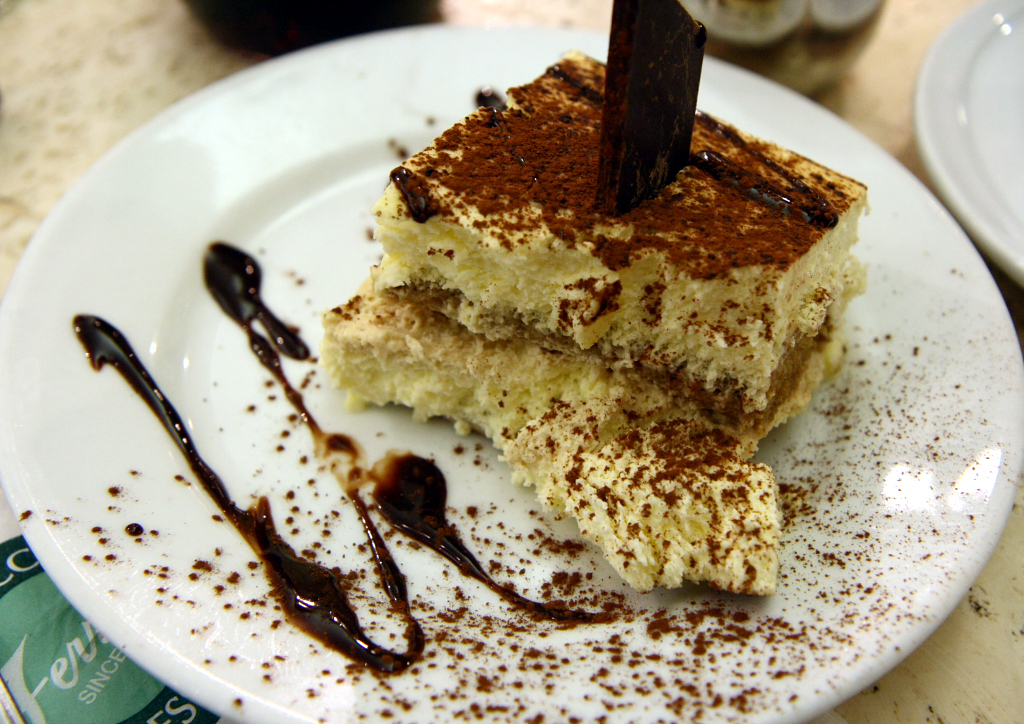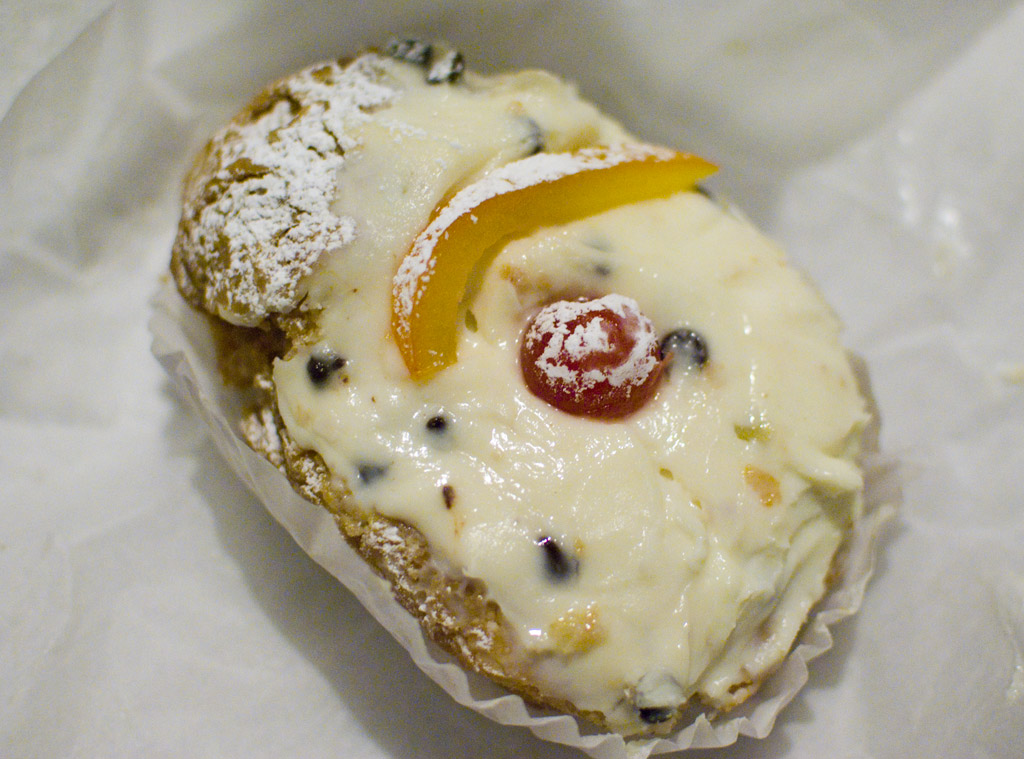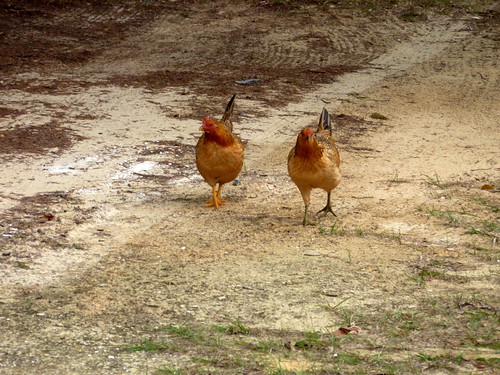 |
| Torta Ricotta senza glutine by Crafting in Yoohooville |
I often find myself reading Italian heritage recipes online and realizing that they probably do not hold true for my northern Italian family. Foods that are native to Sicily or Rome are not the same as what the Vittoriese would have eaten.
I also did not have the blessing of spending time with Nonni at Easter, so I don't know for sure if they had the same tradition of making Easter pie as Rome or Florence, but I can guess at what they would do.
Easter Monday is a strange holiday to Americans, but in my great-grandparents part of Italy it would have been celebrated with zeal (and still is!). Since they are so close to Austria and Hungary our area of Italy sometimes incorporates customs from there - like the dowsing of holy water in the morning to have your family wake up blessed on Easter Monday.
But amongst the more pleasant traditions of Easter Monday is the making of the Easter Pie, known as a torta ricotta. Here's another of those interesting cases where depending on where you are in Italy, the more changes to the torta occur. Some have lemon, some do not. Some have a top, some do not. Some have lattice work on top, some do not. Even the sweet nature of the torta is changed in Sicily to a savory pie.
 |
| Amalfitano Lemons |
 |
| Sicilian Lemons |
 |
| Torta Ricotta e uvetta e pinoli senza glutine by Crafting in Yoohooville |
Torta Ricotta e uvetta e pinoli senza glutine (Gluten Free Ricotta Pie with pine nuts and raisins)
-300 grams of King Arthur gluten free flour***
-250 grams of granulated sugar, split into 100 gram and 150 gram portions
-113 grams of softened unsalted butter (note: for Americans, this is 1 stick)
-300 grams of ricotta (If you get fresh, make sure to let it drain for at least 2 hours before using)
-1 lemon (note: a small lemon is ok as you're only going to be grating the peel)
-50 grams of raisins
-25 grams of pine nuts
-5 separated eggs (2 yolks in one container, 3 yolks in another container, and the whites in the last container)
-Cinnamon
-Powdered sugar/icing sugar (optional)
-Nonstick cooking spray
Instructions
-Put the flour, the 100 gram portion of sugar, the butter, and the 2 egg yolks into a bowl and mix. The dough will become a sturdy dough ball that's soft to the touch. If you find it a little too hard, add some cold water to it.
-Cover this bowl with plastic wrap and chill in the refrigerator for 30 minutes.
-While the dough is chilling, mix the ricotta with the 150 gram portion of sugar, the 3 yolk portion of eggs, and a dash of cinnamon. Add the raisins and pine nuts. You should also add the grated lemon peel here. I like lemon flavoring, so I added the grated peel of an entire lemon, but you can adjust to your taste preferences. A little will brighten the mixture, a lot will give lemon flavor.
-Beat your egg whites firmly to produce peaks. Depending on how well you beat them will produce the height of your pie.
-Add the egg whites to the ricotta mixture gently.
-Preheat your oven to 425 degrees F (220 degrees C / Gas setting 6).
Here's where you can make another decision. My version pictured is the no top crust version.
-No Top Crust instructions: grease a pie dish with nonstick cooking spray and place on a cookie sheet. Place the dough ball in the middle of the dish and gently pat out out to the sides and upward until you have a nice ridge on the dough above the dish. Pour the mixture into the pie dish. Cook between 35-40 minutes or until the filling shows it is firm.
-Top crust instructions: divide the dough from the refrigerator into two parts. Grease a pie dish with non-stick cooking spray, and place one half of the dough at the bottom of the dish and pat out to the sides and upward until the just above the edge of the dish. Pour the mixture into the dish, and roll out the second ball of dough into a flat layer that can rest on top of your dish. Seal the edges with your preferred method (I like crimping) so that the filling won't leak out of your pie during cooking. Cook for 30-35 minutes until the dough is golden and the pie feels firm.
Last step, cool and sprinkle with powdered sugar or icing sugar if you wish. Makes a pie big enough for 8 good sized slices.
* = For those of you who aren't gluten free, you can use 300 grams of all purpose flour and increase the amount of butter to 150 grams.
**= For those of you that are gluten free, King Arthur's flour I find best for sweet goods as it is fine in nature and performs well as a drier pastry. For those of you that want to make your own flour blends, Gluten Free on a Shoestring has a mock Better Batter (and mock Cup4Cup flour) that would also work amazingly well in this recipe. If you are dairy free as well you can use her recipe as well for pastry flour and it should work just fine.
















